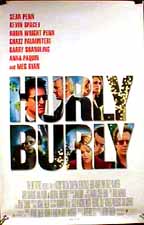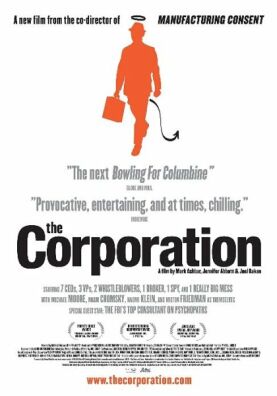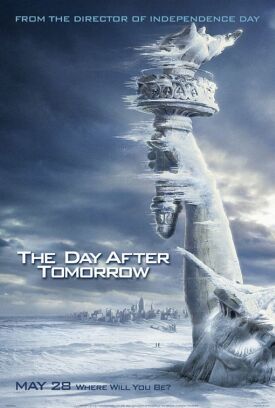Auto Focus
As every reader of the tabloids must know by now, Bob Crane, star of the prisoner-of-war sitcom (you had to be there) “Hogan’s Heroes” in the 1960s and early 1970s, became in the later phases of his career what would nowadays be called a “sex addict.” In 1978, in a crime that remains unsolved, he was beaten to death with the tripod he used to record his sexual encounters on videotape. Auto Focus, adapted by Michael Gerbosi from Robert Graysmith’s book, The Murder of Bob Crane and directed by Paul Schrader, is an attempt to give something resembling tragic stature to a man in whom few will be able to see any redeeming qualities.
In order for the film to confer upon Crane (Greg Kinnear) this sort-of-tragic status, Schrader makes some effort to persuade us of his decency and likeability before his fateful meeting with the audio-video technician, John Carpenter (Willem Dafoe), who introduced him to the wonders of videotape and turned him into a monster who lived for his own appetites. Crane starts out as a disc jockey in Los Angeles, a good family man and regular attender at mass who is married to Anne (Rita Wilson), with whom he has two young children. “Eddy Cantor once told me likeability is ninety per cent of the battle, and he was right,” he says. “I’m a likeable guy.” And he is. The whole point of Hogan, as of most TV characters, was to be likeable.
But nothing survives of this quality by the time he has wrecked two marriages in a mad pursuit of ever greater sexual swinishness. About the tragic hero, and so also the sort-of-tragic hero, there has to be something attractive even at his worst. Something of the pre-lapse greatness must still be visible in the ruined man. This seems simply not to have been true of Bob Crane, and no more is it of Greg Kinnear’s portrait of him. At some point shortly after meeting Carpenter, he simply decided that the life of decency and discipline and sobriety and fidelity that he had lived up until then was no longer worth the living in comparison with increasing the number of his conquests and, with them, his video library.
I suspect that what Schrader likes about the story is that it is about a man who fell from grace through his fatal attraction to videotape. The sex and the celebrity are both really secondary. It is the videotape that gives these things a life that extends beyond their own brevity and tawdriness, promising immortality in a way that I suppose is not entirely unlike the heroic stature of the tragic hero. This is above all a movie about watching, and about watching oneself. But Schrader himself, a man who seems still to be living in the 70s when everyone else has movied on, gives the impression of being a man who is not always quite sure of the difference between greatness and narcissism.
Still, the film does not altogether fail, and whatever success it enjoys depends on the same period quality and the resonance it gives to Crane’s story. Schrader does his utmost to pin his film down to its time and place. It opens with 50s-style swing and visual references to Hef and Jayne Mansfield and Bob Cummings and Sammy Davis Jr and other icons of cool. The development of the technology of home video tape is a matter of absorbing interest, as of course are the clothes and other trappings of the time.
For Bob Crane in any other period but 1965-1978 could never have been any kind of hero, even to Paul Schrader, let alone a sort-of-tragic hero. But in his time he stands for the process by which the bourgeois standards of middle-class America (and, of course, those of many other countries) collapsed before the tidal wave of the sexual and feminist revolutions. Thus, almost like a real tragic hero, he stands for something more than his own mistake, his downfall represents something bigger than the unhappy end of an individual.
But in the end it is not enough. Unlike even a sort-of-tragic hero, Crane has learned nothing. Schrader has him say in a posthumous voiceover that he doesn’t really blame Carpenter — whom Schrader identifies as the murderer, even though a contemporary jury let him off — because “he was a cool guy in his way. That’s how it is. Men gotta have fun.” Such complacency marks Crane as a figure even more ephemeral than “Hogan’s Heroes.”
Discover more from James Bowman
Subscribe to get the latest posts to your email.







